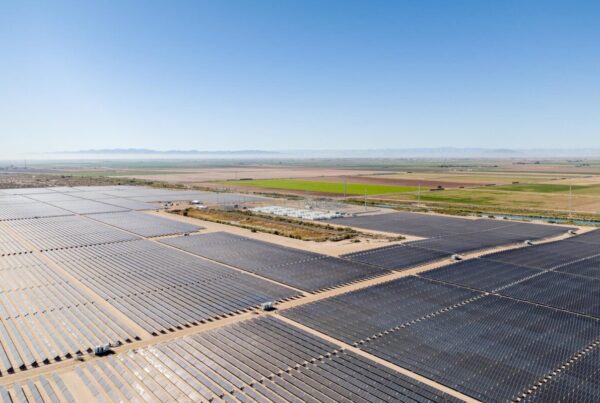
This would expose new owners to a significant decline in net metering payments, with export rates for selling electricity back to the grid slashed by nearly 75% between NEM3.0 and the previous iterations. The bill aims to implement the changes from 1 January 2026.
When the bill passed the Assembly Committee on Utilities and Energy by a favourable vote of 10-5 last month, Calderon commented: “Solar power is an important part of our state’s renewable energy grid, but we have to reevaluate how our current solar subsidy programs impact Californians who may not be able to afford solar-panel systems.
“Our energy bills are becoming increasingly unaffordable, and we must address this ratepayer inequity.”
The bill has been amended from its original version earlier this month, which had proposed sunsetting all legacy NEM contracts after ten years instead of 20.
The voting of this bill in California came on the same week as the US House of Representatives narrowly passed a bill that seeks to move forward the end date on tax credits for solar residential (Section 25D) to the end of 2025, along with other tax credit provisions for clean energy, including manufacturing.
“As if things aren’t hard enough for California families, Assembly Bill 942 would retroactively break 1.5 million solar contracts, reducing home values, and further gumming up real estate sales,” said Bernadette Del Chiaro, senior vice president for California at the nonprofit organisation the Environmental Working Group.
“By allowing AB 942 to move forward, the Assembly committee ignored the pleas of voters and instead sided with powerful utility interests,” said Del Chiaro.
US residential solar decrease
Since the implementation of NEM3.0 in April 2023, US residential capacity saw its capacity additions decrease from a record 1.8GW of additions in Q3 2023. to 1.1GW in Q3 2024. The rate of new additions slightly increased in the last quarter of 2024 with 1.2GW, as shown in the chart below.
Although the decrease in residential solar additions happened across the US, the drop was mainly influenced by the new tariffing bill during the first quarter of 2024.





